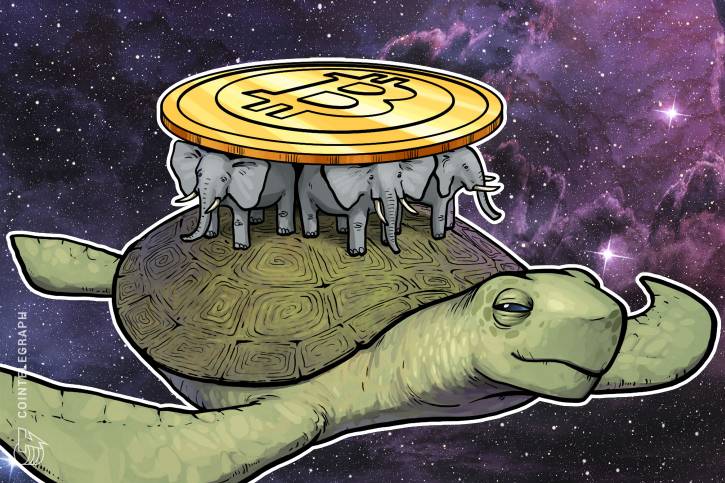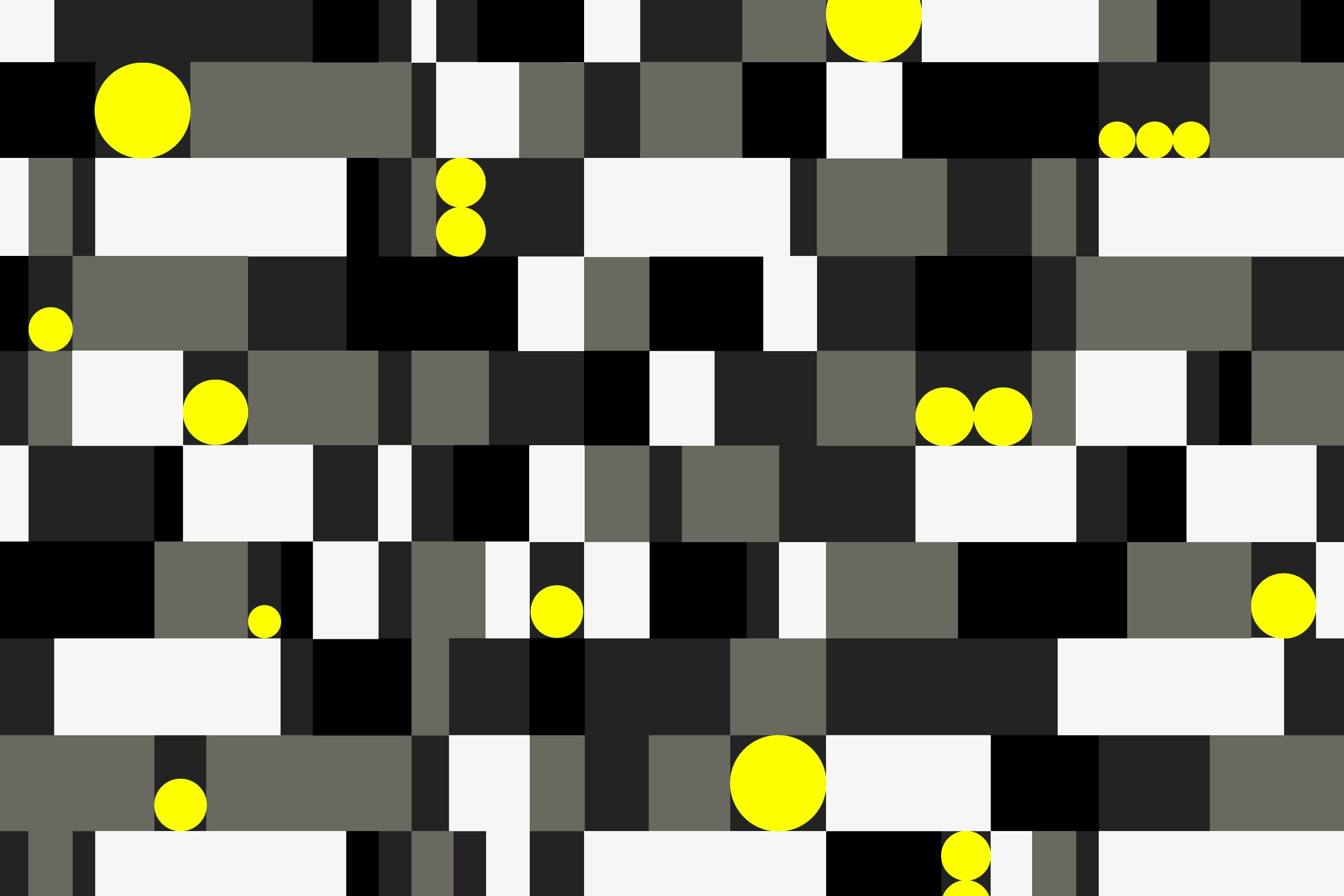To say the technology is advanced is an understatement, but hospitals should understand the reasons that it’s getting so much attention.
Health information technology and information security specialists are hearing a lot about blockchain these days. “It’s the answer to interoperability.” And “the technology can solve healthcare’s looming security problems.”
But what the heck is blockchain, anyway?
The so-called digital ledger technology was developed in 2008 by Satoshi Nakamoto, a possibly pseudonymous person (or perhaps multiple people) who designed it as the underpinning for the exchange of the digital cryptocurrency known as Bitcoin.
Blockchain transactions are logged publicly and in chronological order. The database shows an ever-expanding list of ordered “blocks,” each time-stamped and connected to the block that came before it — thereby constituting a blockchain.
Crucially, each block cannot be changed, deleted or otherwise modified: it’s an indelible record that a given transaction occurred. That’s exactly what has many in healthcare excited about blockchain’s potential for data security. Its open and decentralized nature could lend itself well to managing health records and proving identity.
Rather than a central database, the blockchain record can be distributed and shared across networks, with credentialed users able to add to – but not delete or alter – the transaction log. Transactions are encrypted and must be verified by the network.”The software used to build a chain ensures that everyone on the network sees, validates, and confirms each proposed next block of data in the chain,” Brian Behlendorf explained in a blog post for HIMSS.
“For example, if any node on the network tries to transfer a particular asset twice, to two different parties, that transaction would not be validated by others on the network, and there would be no agreement to add it as a new block on the chain,” said Behlendorf, executive director of Hyperledger, an open-source collaborative launched by the Linux Foundation to advance the use of blockchain beyond bitcoin transactions.
Behlendorf also spotlighted the importance of so-called smart contracts on the blockchain ledger: “simple software programs that runs across all nodes in the network and can extend the validation logic at each node in a way that is automatable and undeniable.” In healthcare, for example, such smart contracts could be deployed as an “authorization process and confirmation step that notifies the patient – or even puts them in control – when their data is shared from one address to another.”
Source/More: How does blockchain actually work for healthcare? | Healthcare IT News








![Thai Law to Regulate [Legalize] Cryptocurrency, ICO Markets Coming in April | CCN.com](http://947879.kyjqn.asia/wp-content/uploads/2018/03/Bitcoin-baht-760x400.jpg)
![Thai Law to Regulate [Legalize] Cryptocurrency, ICO Markets Coming in April | CCN.com](http://947879.kyjqn.asia/wp-content/uploads/2018/03/Bitcoin-baht-760x400.jpg.pagespeed.ce.BM-d7sq2Pp.jpg)






